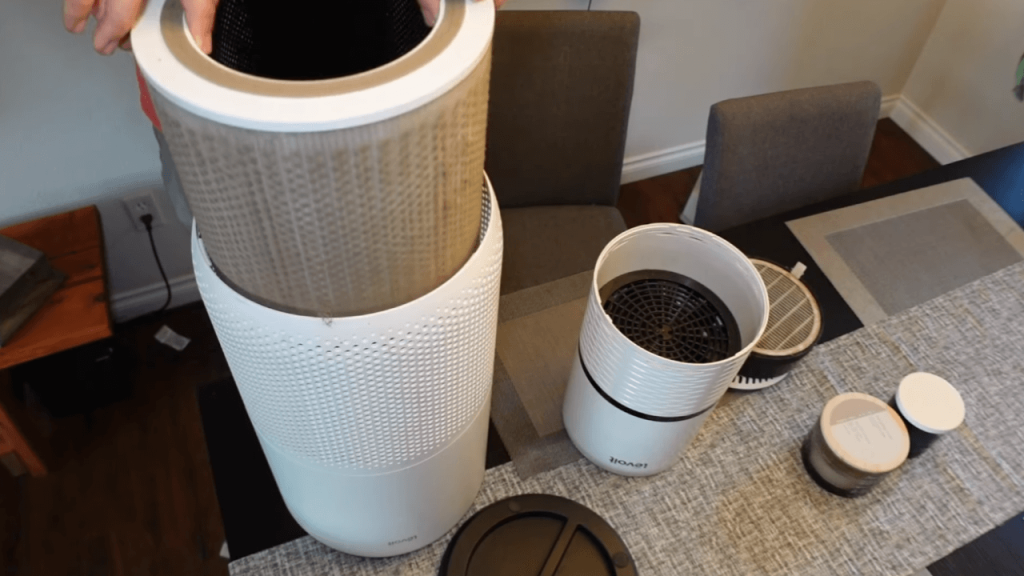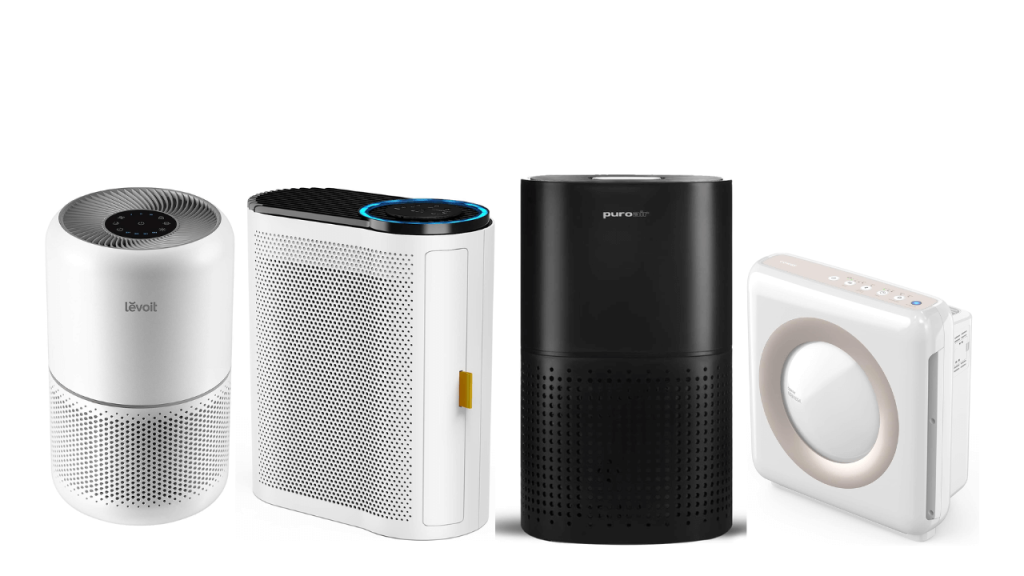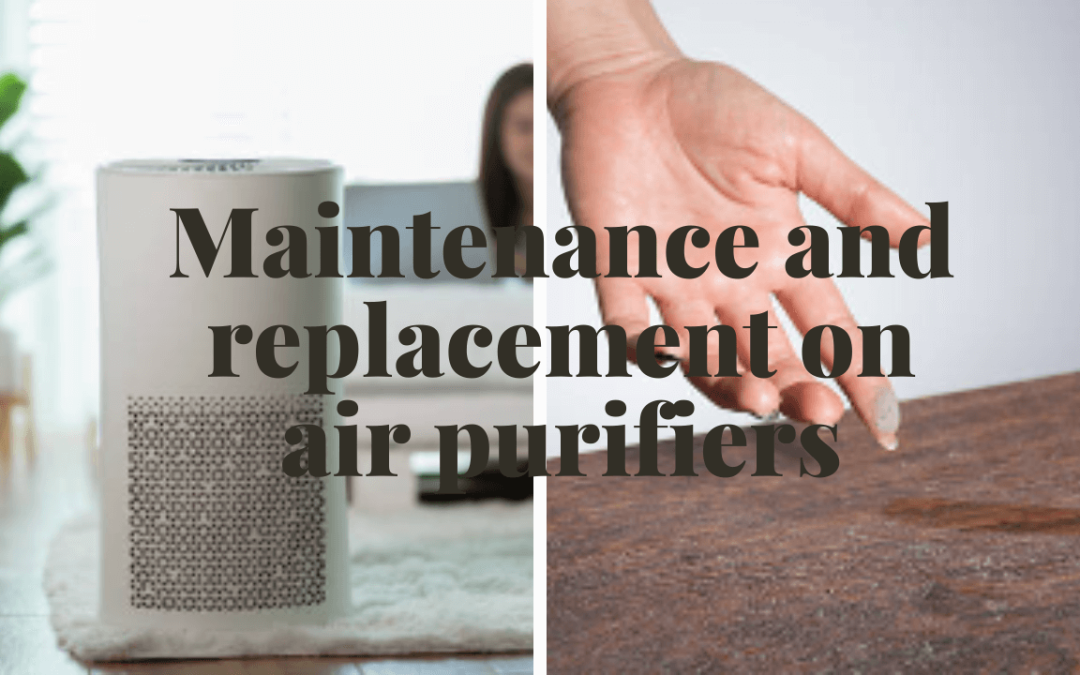Air purifiers are essential devices for maintaining and enhancing indoor air quality, which is a concern for many individuals. These devices play a crucial role in removing harmful particles, pollutants, and allergens from the air, resulting in a cleaner and healthier environment. We understand the significance of clean air for our well-being and the overall health of indoor spaces such as homes, offices, and other areas.
Indoor air pollution stems from various sources, including dust, pet dander, smoke, mold spores, pollen, and other contaminants. These pollutants can have severe health implications, ranging from respiratory problems to allergies and even chronic illnesses. By employing air purifiers, we can effectively reduce the levels of these pollutants, thus improving indoor air quality and safeguarding our health.
However, it is crucial to acknowledge that like any other household device, air purifiers require regular maintenance and timely replacement to ensure optimal performance and efficiency. In this blog post, we will delve into the importance of maintenance and replacement for air purifiers. We will explore the different types of air purifier filters, discuss when and how to replace them and provide insights on cleaning the air purifiers effectively. Additionally, we will address common problems associated with air purifiers and offer troubleshooting solutions. Let us embark on this informative journey together to better understand the maintenance and care required for air purifiers.
Importance of Maintenance on Air Purifiers
Regular maintenance of air purifiers is crucial for ensuring their optimal performance and efficient removal of pollutants from the air. We understand the significance of maintaining these devices to uphold healthy indoor environments. Here are some reasons why air purifier maintenance should not be overlooked:
Enhanced Efficiency: By conducting regular maintenance, we can improve the efficiency of air purifiers, ensuring they operate at their best. This involves checking and cleaning the various components, ensuring proper airflow, and addressing any issues promptly. Maintaining peak efficiency helps the air purifier effectively filter and purify the air, creating a healthier living or working space.
Reduced Energy Consumption: Well-maintained air purifiers consume less energy compared to neglected ones. By keeping the device in optimal condition, we contribute to lower electricity bills and reduce our environmental footprint. This aligns with our arborist ethos of promoting sustainability and conservation.
Prevention of Malfunctions: Neglecting maintenance can lead to malfunctions in air purifiers, resulting in costly repairs or even necessitating the replacement of the entire unit. By following a regular maintenance routine, we can identify and address potential issues before they escalate, saving both time and money.
Sustained Air Quality: Proper maintenance ensures that the air purifier continues to effectively eliminate pollutants, allergens, and other harmful particles from the air. This sustained performance contributes to maintaining good indoor air quality, benefiting the well-being of occupants, and promoting a healthy living or working environment.
To ensure regular maintenance, it is advisable to clean the exterior of the device regularly, replace air filters as recommended by the manufacturer, and clean the interior components as needed. Following the manufacturer’s instructions and guidelines is essential to ensure proper maintenance practices and optimal performance.
Replacement of Air Purifier Filters

Air purifier filters play a crucial role in ensuring clean and healthy air by trapping pollutants and particles. We understand the importance of maintaining these filters to uphold optimal air quality. Here’s what you need to know about air purifier filters and their replacement:
Understanding Air Purifier Filters: Air purifier filters come in various types, including HEPA, activated carbon, and pre-filters. HEPA filters are the most common and can effectively trap particles as small as 0.3 microns. Activated carbon filters excel at eliminating odors and chemicals, while pre-filters capture larger particles like pet hair and dust.
Determining Replacement Time: The frequency of air purifier filter replacement depends on factors such as filter type, air quality, and usage. HEPA filters should be replaced every 6-12 months, while activated carbon filters and pre-filters require more frequent replacement, typically every 3-6 months.
Lifespan of Different Filter Types: The lifespan of air purifier filters varies depending on the specific filter type and usage patterns. HEPA filters typically last 6-12 months, activated carbon filters last 3-6 months, and pre-filters last about 3 months.
Replacing Air Purifier Filters: Replacing air purifier filters is a simple process that involves accessing the filter compartment, removing the old filter, and installing a new one. It is crucial to follow the manufacturer’s instructions to ensure proper filter replacement, allowing the device to maintain its effectiveness.
Regularly replacing air purifier filters is essential for ensuring the device’s optimal performance in removing pollutants from the air and maintaining a clean and healthy indoor environment. We prioritize the well-being of both people and the environment, and proper filter maintenance aligns with our commitment to promoting a healthy lifestyle and sustainable practices.
Cleaning Air Purifiers
We understand the significance of maintaining air purifiers to maximize their performance and durability. Cleaning air purifiers is a vital aspect of regular maintenance, and here are some tips from perspective:
Exterior Cleaning: The exterior of air purifiers can gather dust and debris, affecting both its appearance and functionality. It is recommended to use a soft, damp cloth for regular wiping. Avoid using abrasive materials that may scratch or damage the device.
Interior Cleaning: Accumulation of dust and particles inside the air purifier can hinder its effectiveness. Consult the manufacturer’s instructions for guidance on cleaning the interior. Generally, a soft brush or vacuum cleaner can be used to remove dust or debris from the device’s interior.
Filter Cleaning: Over time, air purifier filters become clogged with pollutants, diminishing their ability to remove impurities from the air. Follow the manufacturer’s instructions on cleaning the filters. Typically, HEPA filters cannot be washed and should be replaced when saturated with pollutants. Pre-filters, on the other hand, can be washed and reused, while activated carbon filters should be replaced when saturated with odors or chemicals.
Regular Maintenance: Consistent cleaning of air purifiers ensures their efficiency and prolongs their lifespan. It is crucial to adhere to regular cleaning routines and comply with the manufacturer’s instructions for specific maintenance requirements.
In conclusion, cleaning air purifiers is an integral part of their regular maintenance, ensuring optimal performance and longevity. By following proper cleaning techniques and manufacturer’s guidelines, we can uphold good indoor air quality, mitigate respiratory issues, and promote a healthier environment.
Choosing the Right Air Purifier

Choosing the appropriate air purifier for your needs can be a daunting task, given the wide range of options available. We recognize the importance of selecting the right air purifier for a healthier living environment. Here are some key factors to consider:
Type of Air Purifier: Air purifiers come in various types, such as HEPA, activated carbon, and ionizers. HEPA filters are commonly used and can effectively remove particles as small as 0.3 microns. Activated carbon filters excel at eliminating odors and chemicals, while ionizers release negative ions to attract pollutants for easier removal.
Room Size: Consider the size of the room where the air purifier will be used. Air purifiers have different coverage areas, so it’s crucial to choose one that can adequately clean the air in your specific room size.
Noise Level: Some air purifiers generate noise, which can disrupt the peace and tranquility of your space. Look for models that operate quietly and have low noise levels, ensuring a peaceful atmosphere.
Filter Replacement and Maintenance: Regular maintenance is vital for optimal air purifier performance. Factor in the cost and frequency of filter replacements when making your selection. Additionally, assess the ease of maintenance, including cleaning the device and replacing filters, to ensure convenient upkeep.
Additional Features: Air purifiers may offer additional features like programmable settings, air quality sensors, and remote controls. Consider these features based on your preferences and their potential to enhance the effectiveness and convenience of the air purifier.
Selecting the right air purifier involves evaluating factors such as the type of purifier, room size, noise level, filter replacement and maintenance, and additional features. Take the time to research and compare different models to find the one that best aligns with your needs and budget, promoting cleaner and healthier air in your surroundings.
Conclusion
In conclusion, we recognize the significance of air purifiers in preserving a healthy indoor environment and mitigating the risk of respiratory ailments and other health concerns. Ensuring regular maintenance, including cleaning and filter replacement, is crucial to guarantee the proper functioning and optimal performance of air purifiers. When making a selection, consider factors such as the type of air purifier, room size, noise level, filter replacement and maintenance, and additional features.
Note that while air purifiers enhance indoor air quality, they do not replace good ventilation practices like opening windows and using exhaust fans. Air purifiers also have limitations and cannot remove all types of pollutants. Therefore, identifying and addressing indoor air pollution sources, such as smoking, cleaning products, and mold, is crucial for comprehensive air quality improvement.
Overall, investing in air purifiers proves to be a valuable endeavor, contributing to the preservation of a healthy indoor environment and reducing the susceptibility to respiratory problems and other health issues. By diligently adhering to the manufacturer’s maintenance instructions and selecting the appropriate air purifier for your specific needs, you can enjoy the advantages of cleaner and healthier air in your home or office space.

